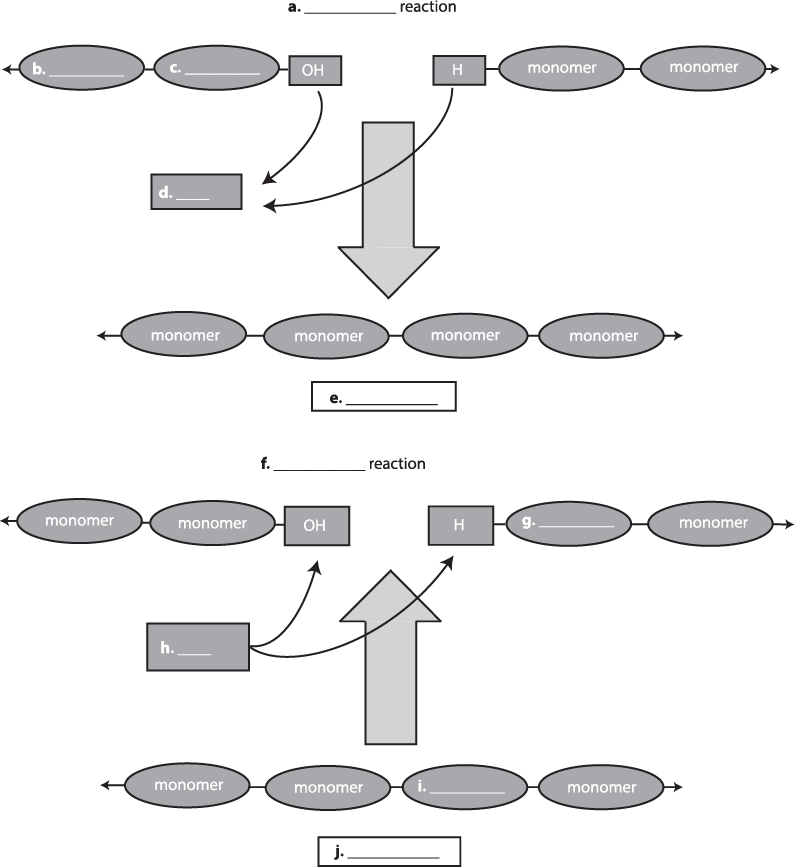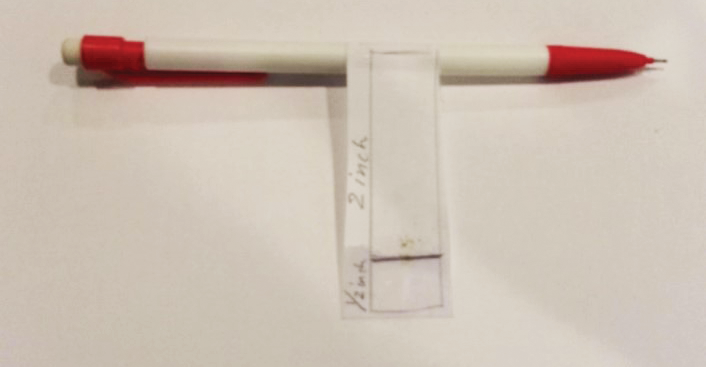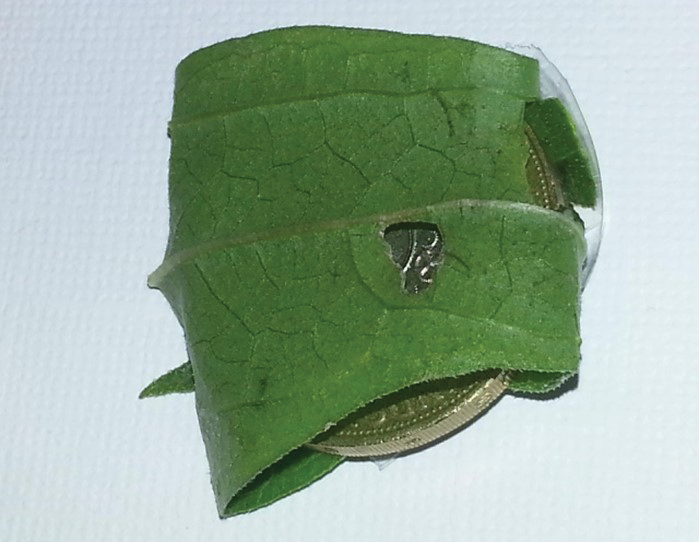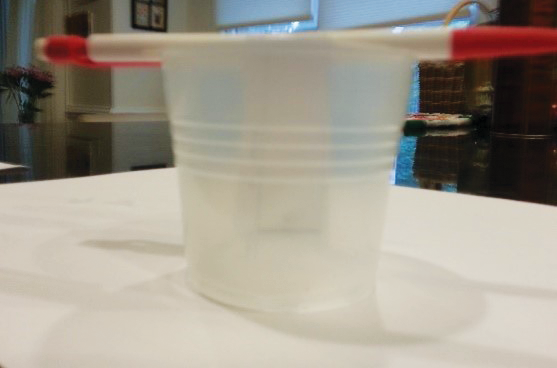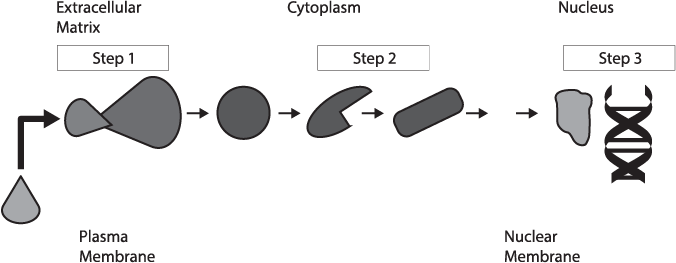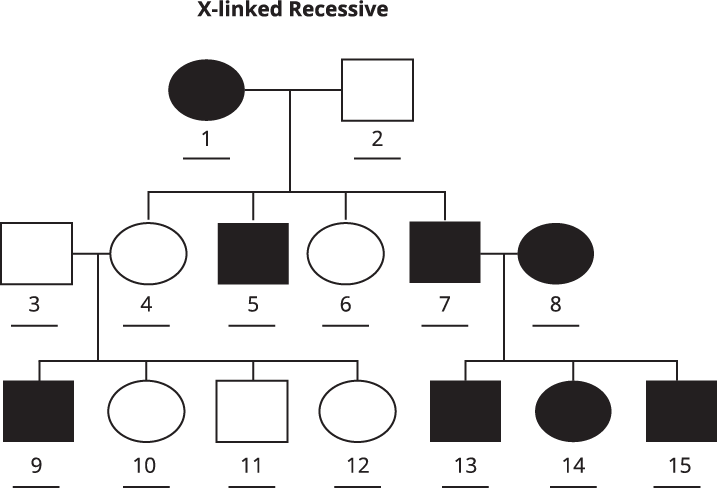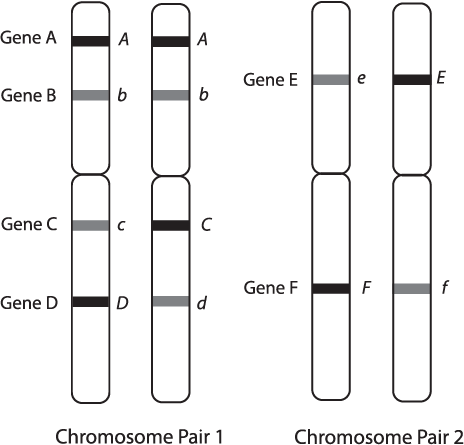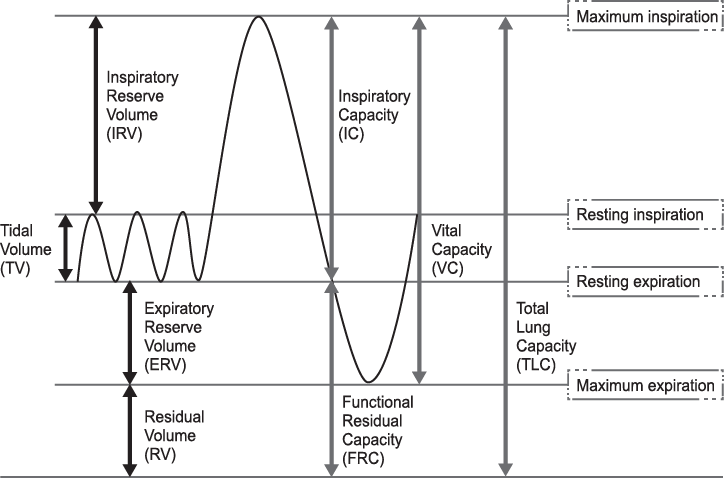Life Begets Life
Project Goal + Timeline
In this project, we'll explore an important historical experiment that helped develop both the scientific method and our understanding of the nature of living things. This project should be completed by yourself or in a group within one to two hours.
Repeating this historical experiment is possible although not advisable because it involves spoiled food and might take several days! The historical experiment in question will be one of those from Francesco Redi, a 17th century Italian physician and scientist. He was noted for using the scientific method and experiments to debunk or bust contemporary scientific myths or untested beliefs (like a 17th century version of MythBusters!). For example, Redi was the first to demonstrate that a snake's venom is released by its fangs, not from the gallbladder as was widely believed. He also demonstrated that the venom is only dangerous if it is directly injected into the bloodstream (as happens during a bite), not through ingestion.
In his arguably most famous experiment, Redi addressed the question of why spoiled meat develops maggots and flies. At the time of Redi's experiment, the prevailing belief was that flies were spontaneously generated from meat; given enough time, any meat would give rise to flies. Some, such as Redi, argued that flies needed to contact the meat first before the maggots would develop. He hypothesized that flies only come from other flies, not meat.
Directions
Part 1: Redi or Not!
First, imagine yourself (and any study partners) living in the time of Francesco Redi. Consider and answer the following questions:
-
How would you test the hypothesis that flies only come from other flies?
-
What might have been the evidence in support of the prevailing belief that meat could spontaneously generate flies? In other words, where might have this idea come from?
-
What is the significance of the belief of spontaneous generation? Why might it have been important to test Redi's hypothesis?
Now let's analyze the experiment that Redi conducted. To test his hypothesis that flies only come from other flies, Redi placed a piece of meat in 3 jars. The first jar had no lid, the second had no lid but had several layers of gauze covering the top, and the third was sealed with a lid. Flies could contact the meat in the first jar but not the other two. His results are summarized in the following table:
| Jar | Cover | Contact with Flies? | Maggots After Several Days |
|---|---|---|---|
| 1 | none | yes | present |
| 2 | gauze | no (only on gauze) | absent from meat but present on top of gauze |
| 3 | solid lid | no | absent |
Redi made two conclusions based on these results. First, he concluded that the results supported his hypothesis: flies only come from other flies, rather than being spontaneously generated. Second, he concluded that the flies dropped unseen or microscopic eggs on the meat. He deduced this from the second jar, in which flies attempted to lay eggs in the meat but could only deposit them on the gauze.
Compare the experiment you designed to that of Redi, and answer the following questions:
-
What did you do differently from Redi?
-
What were the question, hypothesis, prediction, and variables in Redi's experiment?
-
What controls should have been included, or what changes would you make now to the experiment?
-
Are the conclusions that Redi inferred reasonable, based on his observations?
-
What is the importance of the jar with the gauze? Why not just use the open or closed jar? What variable does this control for?
-
How should Redi communicate these results, if repeated nowadays?
-
Can you think of another way to address the same underlying question as Redi (spontaneous generation) without using rotting meat?
Part 2: Properties of Living Things
Let's now broaden the discussion to examine what life is, and what components of Redi's experiment consisted of living organisms. What is life?
-
Think about the characteristics or processes that you would expect to find in any living organism. Then, in Table 2, indicate whether each object or organism exhibits each property given across the top of the table. You may want to add a few additional properties that could help classify things as living or nonliving.
| Object | Obtains Energy | Uses Energy | Grows | Reproduces | Responds to Stimuli | Maintains Homeostasis | Other | Other |
|---|---|---|---|---|---|---|---|---|
| Glass Jar | (blank) | (blank) | (blank) | (blank) | (blank) | (blank) | (blank) | (blank) |
| Meat | (blank) | (blank) | (blank) | (blank) | (blank) | (blank) | (blank) | (blank) |
| Maggot | (blank) | (blank) | (blank) | (blank) | (blank) | (blank) | (blank) | (blank) |
| Fly | (blank) | (blank) | (blank) | (blank) | (blank) | (blank) | (blank) | (blank) |
| 'Unseen' Fly Eggs | (blank) | (blank) | (blank) | (blank) | (blank) | (blank) | (blank) | (blank) |
| Others | (blank) | (blank) | (blank) | (blank) | (blank) | (blank) | (blank) | (blank) |
| (blank) | (blank) | (blank) | (blank) | (blank) | (blank) | (blank) | (blank) | |
| (blank) | (blank) | (blank) | (blank) | (blank) | (blank) | (blank) | (blank) | |
| (blank) | (blank) | (blank) | (blank) | (blank) | (blank) | (blank) | (blank) |
Let's expand this table to include contemporary everyday objects and organisms. Once again, please add at least a few other examples as you complete Table 3.
| Object | Obtains Energy | Uses Energy | Grows | Reproduces | Responds to Stimuli | Maintains Homeostasis | Other | Other |
|---|---|---|---|---|---|---|---|---|
| Human | (blank) | (blank) | (blank) | (blank) | (blank) | (blank) | (blank) | (blank) |
| Solar Panel | (blank) | (blank) | (blank) | (blank) | (blank) | (blank) | (blank) | (blank) |
| Horse | (blank) | (blank) | (blank) | (blank) | (blank) | (blank) | (blank) | (blank) |
| Mule | (blank) | (blank) | (blank) | (blank) | (blank) | (blank) | (blank) | (blank) |
| Mobile (Cell) Phone | (blank) | (blank) | (blank) | (blank) | (blank) | (blank) | (blank) | (blank) |
| Flu Virus | (blank) | (blank) | (blank) | (blank) | (blank) | (blank) | (blank) | (blank) |
| Bacteria | (blank) | (blank) | (blank) | (blank) | (blank) | (blank) | (blank) | (blank) |
| Grass | (blank) | (blank) | (blank) | (blank) | (blank) | (blank) | (blank) | (blank) |
| Rock | (blank) | (blank) | (blank) | (blank) | (blank) | (blank) | (blank) | (blank) |
| Sugar | (blank) | (blank) | (blank) | (blank) | (blank) | (blank) | (blank) | (blank) |
| Language | (blank) | (blank) | (blank) | (blank) | (blank) | (blank) | (blank) | (blank) |
| Fire | (blank) | (blank) | (blank) | (blank) | (blank) | (blank) | (blank) | (blank) |
| Automobile | (blank) | (blank) | (blank) | (blank) | (blank) | (blank) | (blank) | (blank) |
| Computer Virus | (blank) | (blank) | (blank) | (blank) | (blank) | (blank) | (blank) | (blank) |
| Android* | (blank) | (blank) | (blank) | (blank) | (blank) | (blank) | (blank) | (blank) |
| Replicant** | (blank) | (blank) | (blank) | (blank) | (blank) | (blank) | (blank) | (blank) |
| Others | (blank) | (blank) | (blank) | (blank) | (blank) | (blank) | (blank) | (blank) |
| (blank) | (blank) | (blank) | (blank) | (blank) | (blank) | (blank) | (blank) | (blank) |
| (blank) | (blank) | (blank) | (blank) | (blank) | (blank) | (blank) | (blank) | (blank) |
| (blank) | (blank) | (blank) | (blank) | (blank) | (blank) | (blank) | (blank) | (blank) |
| (blank) | (blank) | (blank) | (blank) | (blank) | (blank) | (blank) | (blank) | (blank) |
* Here, android refers not to the mobile phone operating system but a humanoid robot traditionally depicted in sci-fi, such as Lt. Commander Data, from Star Trek: The Next Generation.
** Here, replicant refers again not to software but to creations from sci-fi. They are bioengineered humanoid beings created by intent to mimic humans in some ways but with important distinctions.
-
Based on Tables 2 and 3, which things would you conclude are alive? For each one, summarize your argument. Why did you make that choice?
-
Apart from the categories listed, what are other things that all the living organisms have in common? How does this relate to the Redi experiment?
-
What does Table 3 tell you about how living things evolve? What life function or property is most important for evolution by natural selection?
Project Materials
-
3 tables and corresponding questions
-
1 pencil or pen
-
Optional: Two jars with at least one lid and several similar pieces of food (meat, fruit, etc.). A third jar and piece of food might be included if a gauze or cloth is available.
